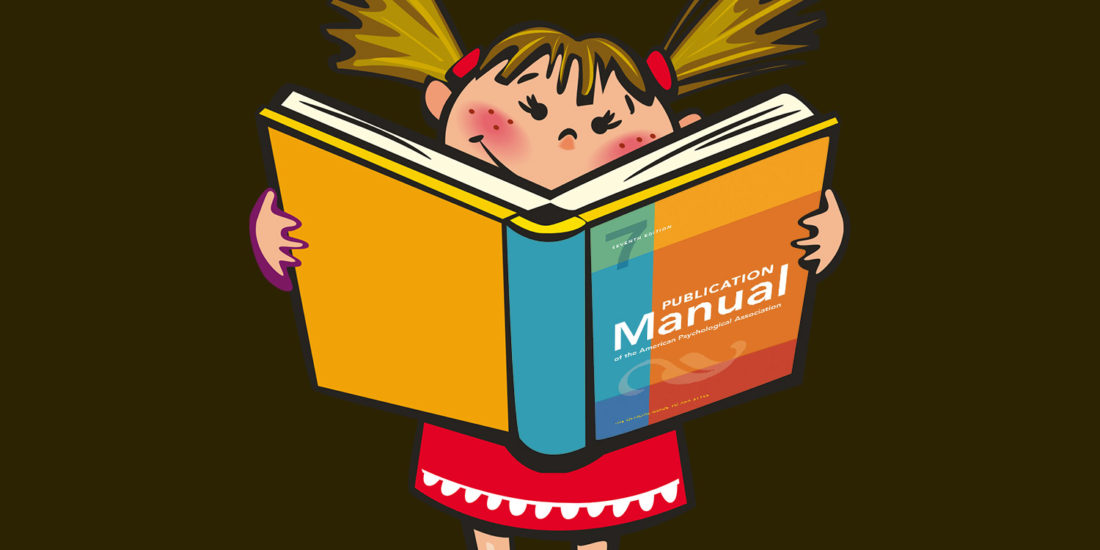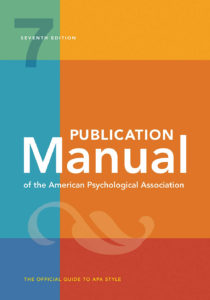Everyone is keen to get their research published. We are excited with what we have accomplished and want to tell the world! However, a very important aspect of getting published is getting the referencing right. We have already talked about plagiarism, the issue of NOT acknowledging sources, now it is time to turn to the actual referencing that you must do.
Why reference?
We are always told that we have to reference, but why? These are some of the main reasons:
- To give credit to the original author
- To help others find the original source
- To demonstrate your knowledge of the field
- To give credibility to your work
- To avoid plagiarism
What should you reference?
It is important to reference anything that is not your own work or idea. This means that, to avoid too many direct quotes, we all need to learn to paraphrase. However, even if you paraphrase you need to reference the ideas, both with in-text citation and in the reference list. You must reference:
- Author(s)
- Date of publication
- Title of the source whether journal article, book chapter, book, thesis, report, etc.
- For journals and book chapters, title of the journal or the book
- For books, reports, conference proceedings, etc. include the publisher and publisher location
- Page numbers (always in the reference list and in-text for direct quotes)
- Direct quotes with quotation marks and page numbers
- Ideas that are not general knowledge
APA referencing: The IAFOR Journal of Education style
There are many styles of referencing and different journals use different styles. This can be confusing so you always need to check any journal’s referencing style before starting to write your article. Most education journals use APA referencing, but not all, so be careful. APA uses in-text citations and an alphabetical list of references cited in the article. It is not a bibliography so literature not cited in the text does not go in the reference list. APA also does not use full Christian names for authors, footnote references, or use a numbering system. Always check that you are using the correct APA style and we recommend that you consult the Purdue Online Writing Lab (Purdue OWL) as there is a comprehensive description of APA conventions there.
Reference Managers: Beware of GIGO!
Those of you with computing backgrounds, and undoubtedly many others, will be familiar with the acronym GIGO: Garbage In, Garbage Out. This is particularly applicable in referencing if you are using a reference manager such as Endnote, Zotero or Mendeley. Reference managers are wonderful – I use Endnote myself and have used Zotero. I am not recommending any particular reference manager, but be sure that if you do it has the referencing style you need. Most of them have APA.
So why do I mention GIGO. Far too often authors rely on what their reference manager produces without checking that everything is correct on the final paper. A reference manager will put your references, both in-text and reference list, in the required style. But it can only work with the information that YOU input. If you make a spelling error, it will be inserted in your reference list. If you put the wrong page numbers, again, they will be inserted by your reference manager. And guess what: many reviewers check references and will pick up on those errors, thus reducing the likelihood of acceptance. A reference manager is ultimately only as good as the material that you input.
We look forward to your carefully APA referenced submissions,
Yvonne
Dr Yvonne Masters
Editor-in-Chief
IAFOR Journal of Education


